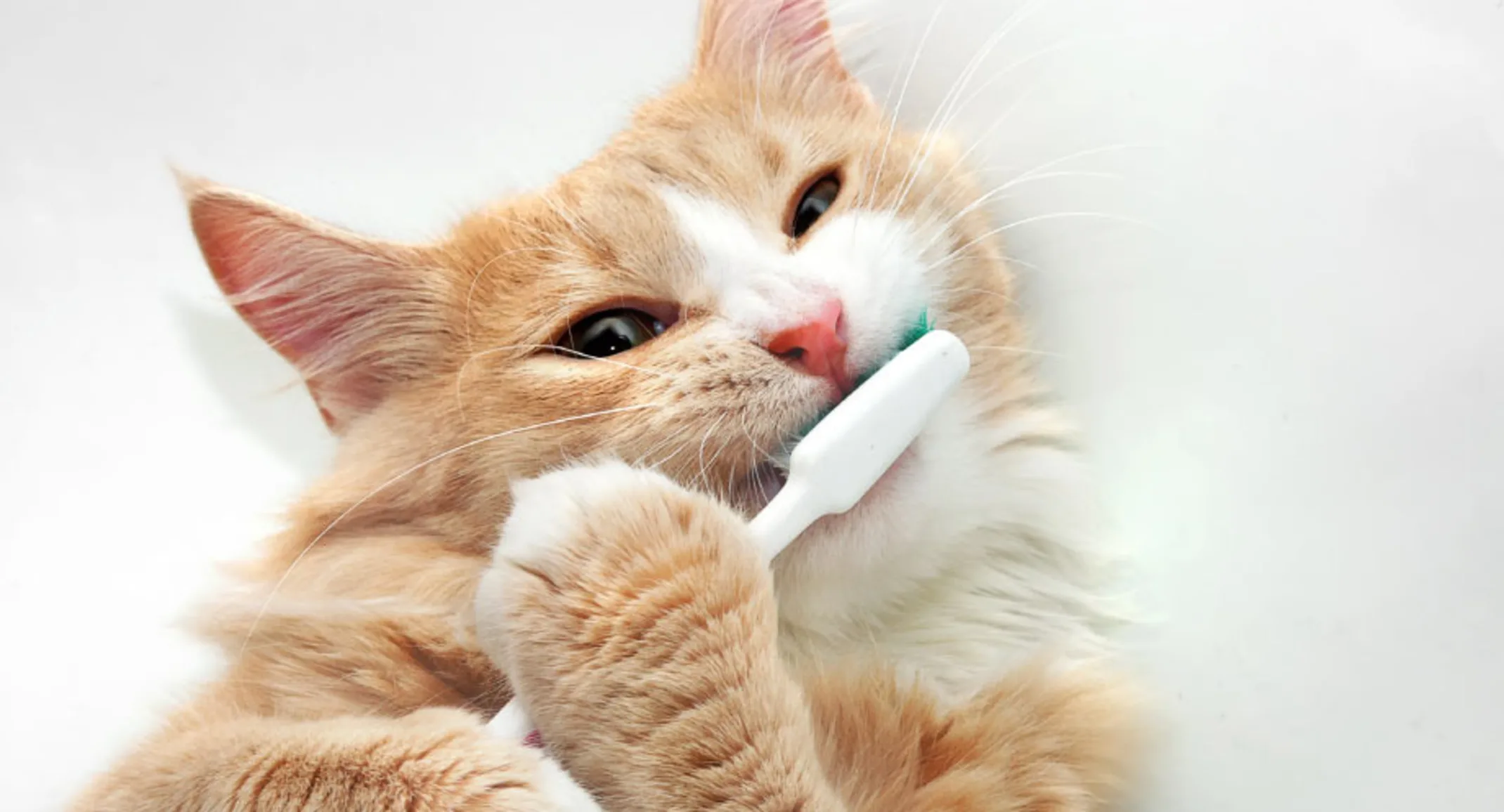Treating Your Pets’ Dental Disease
Dentistry

Dental disease is the most common health problem occurring in adult dogs and cats. By three years of age, most dogs and cats have some evidence of dental disease.
Bad breath is the most common effect of dental disease noted by owners, however there is much more than bad breath going on when your pet suffers from dental disease. Dental disease includes gingivitis (inflammation of the gums) and periodontitis (loss of bone and soft tissue around the teeth). There is a wide range in the appearance and severity of periodontal disease, which often cannot be properly evaluated or treated without general anesthesia.
Dental disease begins when bacteria in the mouth form a substance called plaque that sticks to the surface of the teeth. Then, minerals found in saliva harden the plaque into dental tartar. The major problem develops as plaque and tartar spread under the gum line. Bacteria in this ‘sub-gingival’ plaque causes the gums to become irritated, leading to bleeding and oral pain.
